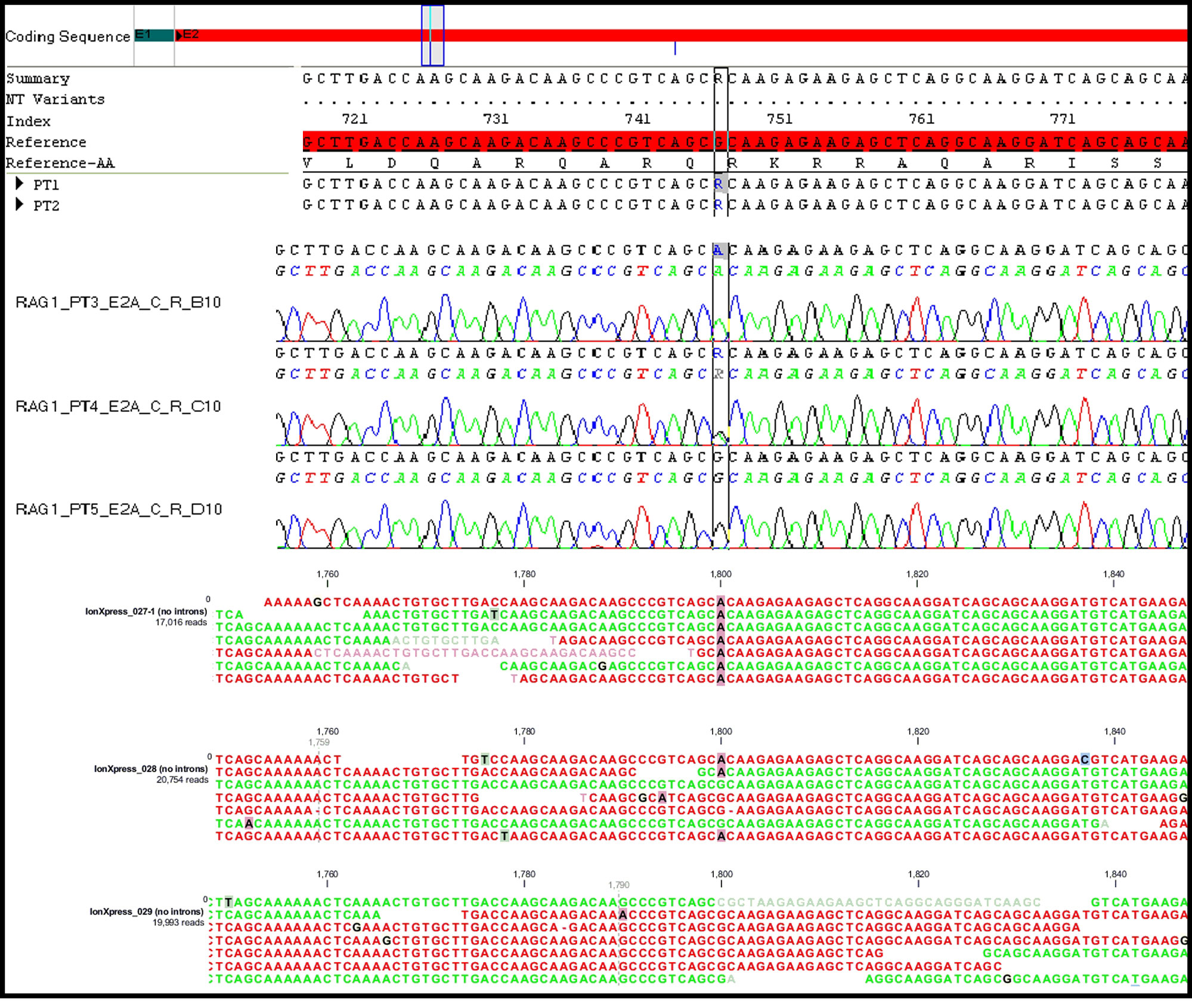 Public health laboratories are key testing centers for PulseNet, a national molecular subtyping network designed to rapidly detect foodborne outbreaks.
PulseNet allows scientists to compare DNA fingerprinting profiles to detect and define clusters of bacterial foodborne pathogens such as
Salmonella,
Listeria and
E. coli O157. PulseNet can help disease detectives find sources of outbreaks by comparing DNA fingerprints from ill persons and contaminated food products. By improving the efficiency of outbreak investigations, PulseNet facilitates early detection, prevention and control of foodborne diseases.
Public health laboratories are key testing centers for PulseNet, a national molecular subtyping network designed to rapidly detect foodborne outbreaks.
PulseNet allows scientists to compare DNA fingerprinting profiles to detect and define clusters of bacterial foodborne pathogens such as
Salmonella,
Listeria and
E. coli O157. PulseNet can help disease detectives find sources of outbreaks by comparing DNA fingerprints from ill persons and contaminated food products. By improving the efficiency of outbreak investigations, PulseNet facilitates early detection, prevention and control of foodborne diseases.
APHL: Supporting PulseNet in the US and Globally
APHL co-founded the PulseNet Network with CDC in 1996. Twenty years later, it continues to work with federal, state, local and international partners to create a globally integrated network in response to foodborne disease outbreaks. APHL worked with representatives from CDC, PulseNet, OutbreakNet, CSTE, AFDO and NEHA to organize the Integrated Foodborne Outbreak Response and Management (InFORM) Conference 2015 in Phoenix, Arizona. Additionally, in 2015, APHL held a series of regional PulseNet and OutbreakNet meetings. These meetings highlighted contributions of laboratorians, epidemiologists and environmental health specialists in foodborne surveillance activities and local, regional and national levels.
The association also supports development of the network's global arm,
PulseNet International.
Whole Genome Sequencing: The Next Generation Technology
Although PulseNet historically has used pulsed-field gel electrophoresis (PFGE) to identify pathogens, it is shifting to next generation technologies, notably whole genome sequencing (WGS). APHL also supports the
involvement of PulseNet laboratories in CDC's
Listeria WGS
Initiative and FDA's
Genome Trakr network.
More on APHL PulseNet.
Trainings
APHL works with federal partners to provide trainings in the wet-bench and analytical methods (BioNumerics) for local/state public health laboratories participating in the PulseNet Network both domestically and globally.